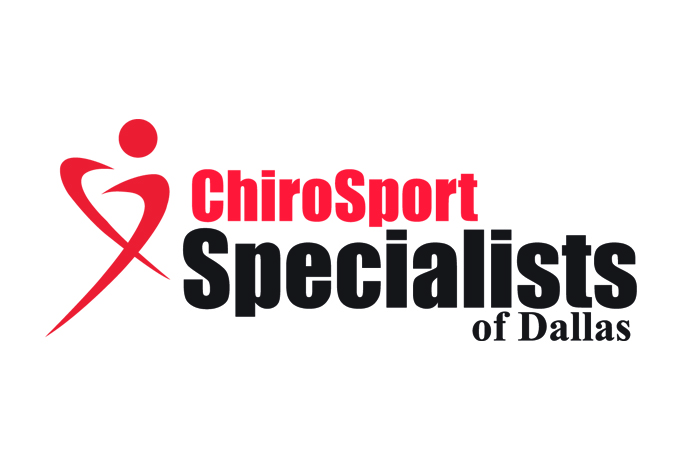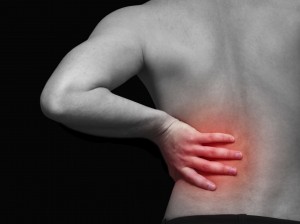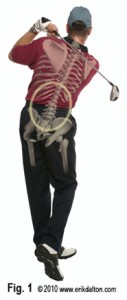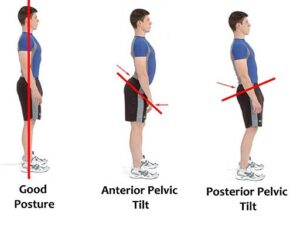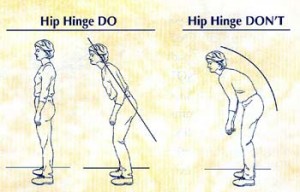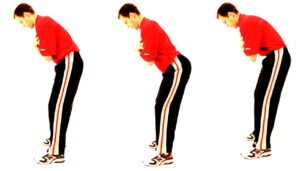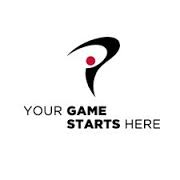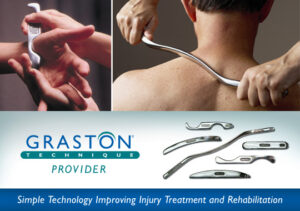It’s all in the Hips
The Hip Hinge, Pelvic Tilt and Back Pain
Back pain is the most common injury, comprising anywhere from 35-55% of golf injuries (1). It is also worth noting that around 80-90% of the population have back pain at some point in his/her life (2). There are an estimated 30 million golfers in the US alone and 55 million worldwide (3,4). 35-55% of golfers let alone 80-90% of the general population is a lot of people with back pain!
Hip hinge and back pain
If you cannot properly hip hinge when bending over, your lumbar spine will compensate. This puts you in a degree of flexion, and combine that with any rotation, you then perfect storm for a disc herniation. In golf, rounding of the low back at set-up is bad news. This creates the same environment, flexion combined with the lateral bending and rotation movements in the golf swing. Research as shown even without flexion of the lumbar spine at set-up, the forces on the spine during the golf swing are alone enough to herniate a disc.
I have some good news for golfers. Disc herniations are not that common in golfers, even less prevelant than the general population. However, it is very possible to have disc issues from golfing. An important fact about disc herniations to understand is although they occur at a 1 time event (the straw that broke the camel’s back), they are cumulative injuries with micro traumatic events which add up eventually causing the herniation. It is also important to understand you can get back pain from the disc itself, without having an actually disc herniation. This is termed discogenic pain rather than disc herniation.
The good news is that most back pain in golfers is not from disc herniations but rather muscle or ligament sprain/strain. Removal of the cause along with Chiropractic treatment (Active release, Graston, manual adjustments) in combination with the coaching of a proper hip hinge, golf setup, and exercise will get you back to playing golf or moving in no time.
On the opposite end, too much curving in the lumbar spine (or anterior pelvic tilt, S-posture, lower-crossed syndrome) is also a cause of low back pain in golfers. This places the lumbar spine in too much extension or hyperlordosis and can also cause back pain. The best thing to do is find neutral pelvis. The third video under proper set-up for golf has a great explanation. Dr. Greg Rose of TPI calls pelvic tilt test in the level 1 TPI screen the most important test. See test yourself below. Almost all of the golfers I see cannot control their pelvis.
For the general population it is also important too. Lack of hip hinge places a great deal of strain due to lumbar flexion on the low back every time you bend over. Whether putting on or tying your shoes, reaching to get something off the floor, picking up items for a living, or picking up your child or grand-child, a proper hip hinge is necessary to perform these tasks every single day.
If you have poor pelvic alignment, cannot hip hinge when bending over, and/or touch your toes, this might not be an immediate problem, but over time tissues start to break down and you will get back pain.
Proper hip hinge from Dr. Craig Liebenson
Proper set-up and golf posture
Treatment options
- See a chiropractor who specializes in Active Release (ART) , Graston Technique (GT), McKenzie technique (MDT) and/or Flexion Distraction technique (F/D)
- If you are a golfer, visit www.mytpi.com and find a TPI medical professional near you
- Modification of what is causing your back pain
- Kneeling down instead of bending at the low back
- Proper lifting techniques
- Getting up from a chair properly
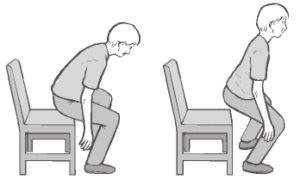 Easy exercise to practice hip and pelvic mobility
Easy exercise to practice hip and pelvic mobility
Start with this exercise: Supine Pelvic Tilts
Progress to this exercise: Standing Pelvic Tilts
Trust me these drills and exercises make a difference. I use them every time I workout, practice at the range, and have incorporated some of them into my pre-shot routine.
Always make sure when bending over at all times, you are bending from the waist and not the lumbar spine!
Sources:
1. Sugaya et al 1999
2. http://www.acatoday.org/level2_css.cfm?T1ID=13&T2ID=68
3. Stude and Gullickson 2001
4. Farrally et al. 2003
